-
Producer
-
Edward Sandoval
-
Country
- Colombia
-
Region
-
Tolima
-
Altitude
-
1,900–2,000m above sea level
-
Variety
-
Process
-
Importer
-
Melbourne Coffee Merchants
-
Body
-
-
Acidity
-
-
Tasting notes
-
Yellow peach, orange juice, raspberry, rosehip
-
Roast style
Colombia
Canta Ranas
It’s the first time we’ve ever tasted, roasted and served Chiroso. This rare varietal is highly resilient and productive while also having complex flavour structure. We taste yellow peach, orange juice, raspberry and rosehip.
This VS Colombian is another new varietal for us: Chiroso, which is resilient, yield-efficient and delivers outstanding floral notes.
VERY SPECIAL
It’s the first time we’ve ever tasted, roasted and served Chiroso—a relatively new varietal originating in the Urrao region of Antioquia, Colombia. This rare and wild mutation is highly resilient and productive (in terms of harvest yield), and its cupping profile is generally complex and floral. Because of this magical combo, we believe we will see much more of it in the future… Just remember, you saw it here on VS first ;)
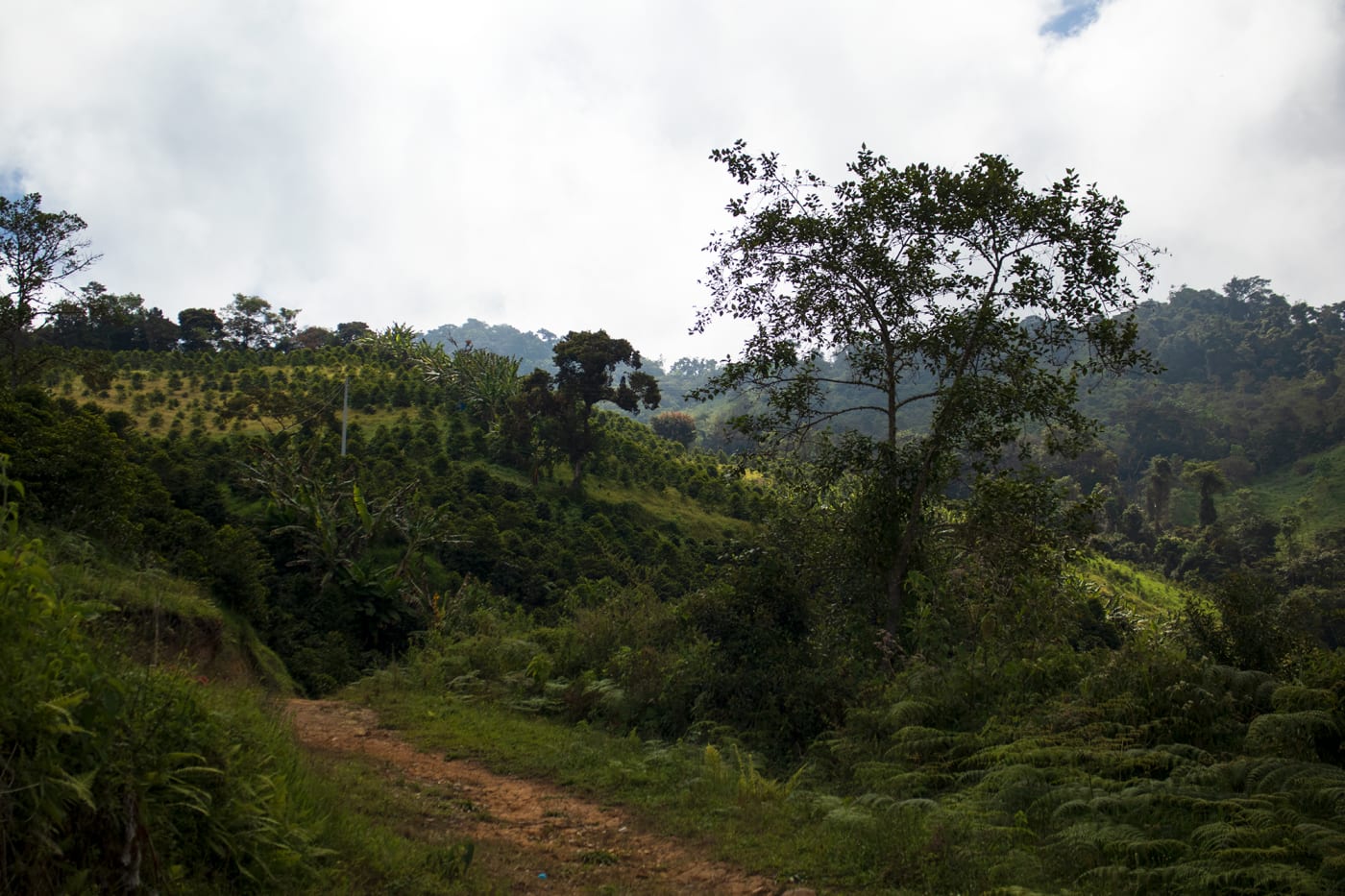
The hills at Canta Ranas
SINGING FROGS
On the foothills of the Los Nevados—an active volcano and national park near the small town of Santa Isabel, Tolima—we find Canta Ranas (‘singing frogs’ in Spanish). This coffee farm is baptised after the many amphibians living in the nearby water source, which become incredibly active (and loud) when it rains.
Edward was born into a coffee-growing family. However, when it was time to join the workforce, he pursued a career in agriculture from a different angle; his main job for years was technical advisor and QC cupper for Colombia’s national coffee organisation, FNC. But sometime later, he returned to hands-on coffee production by establishing his own estate, Canta Ranas.
When he purchased the land in 2015, there was not much in it. It was a coffee farm in the 1900s but had been abandoned for many years. During the first 5 years, his brother Jorge and an administrator were in charge of bringing life back to the estate while Edward was still working for the FNC, then relocating to Guatemala to work for the international exporter OLAM.
In 2020, prompted by the pandemic, he and his family returned to Santa Isabel and focused full-time on producing high-quality coffee. Edward, his wife Jerly, and their two children moved to Canta Ranas and built a new farmhouse to reside in—complete with a sample roaster and a cupping lab.
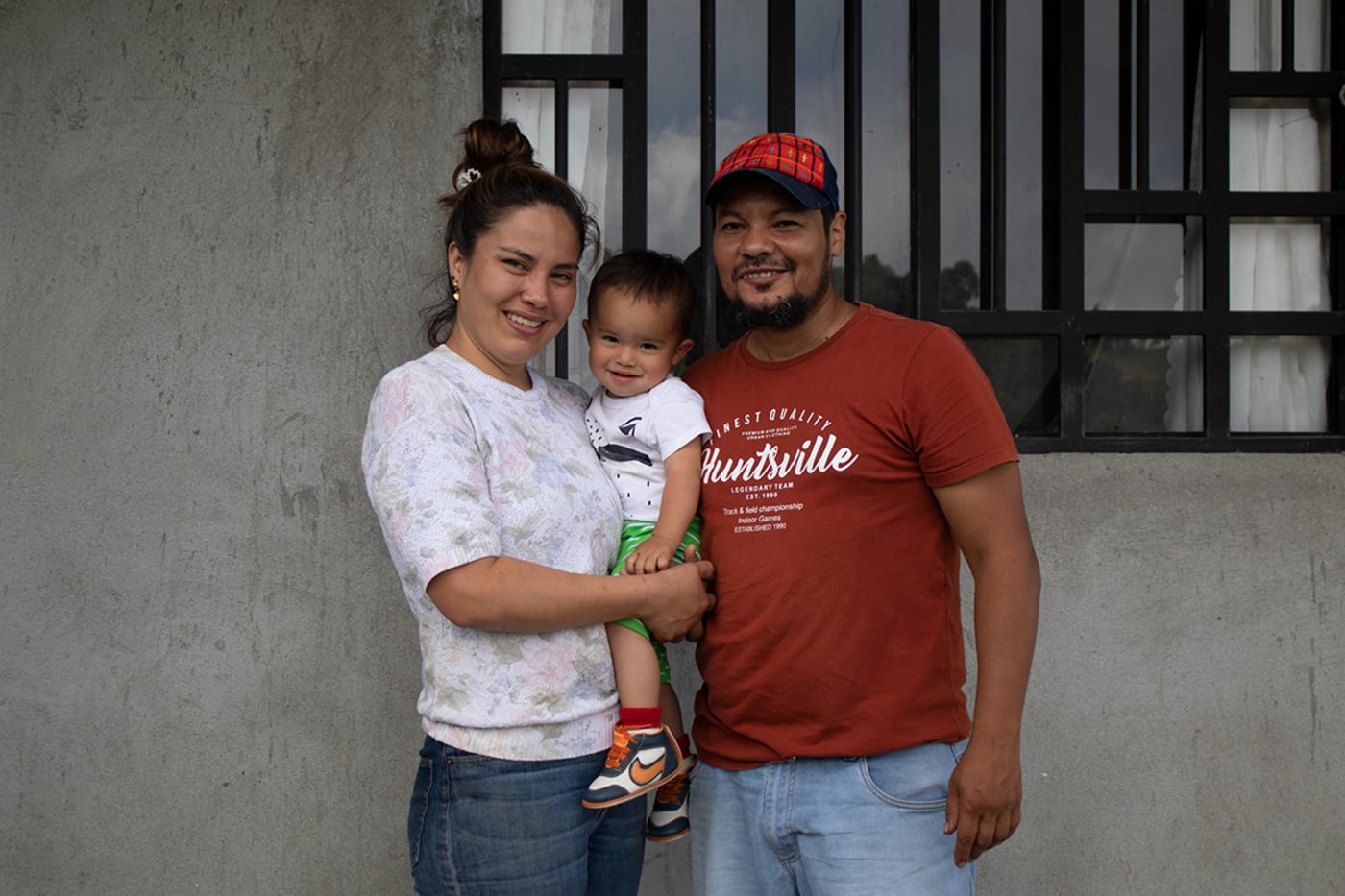
Edward and the family
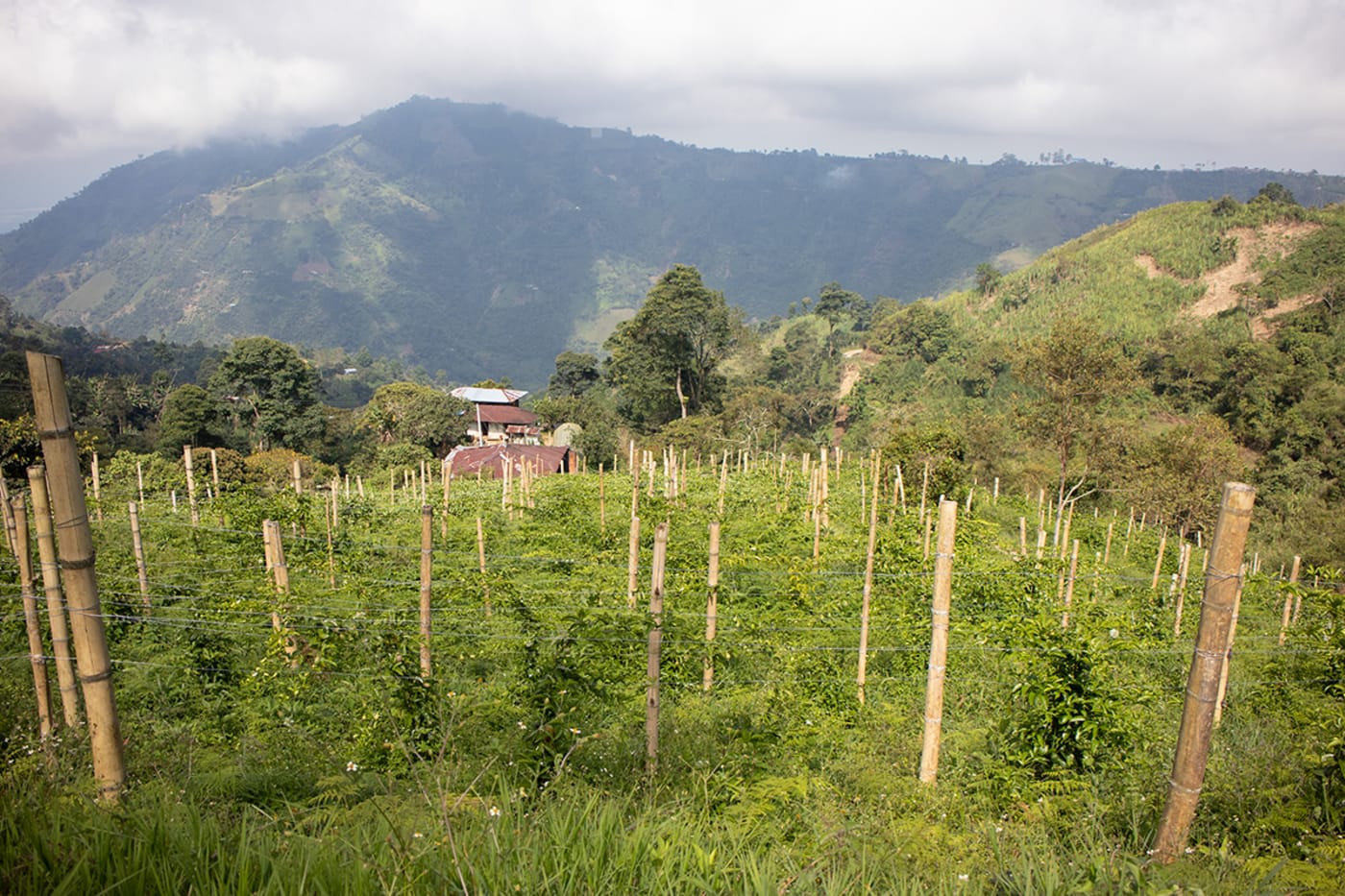
More than coffee: here you see beans within the farm land
Over the last two years, his priority has been updating and improving the existing infrastructure and practices: a more sophisticated water filtration system, new drying beds and an additional small silo to finish drying the coffee with more control and precision. The is to maximise the land’s potential through higher yields and outstanding cup quality.
Today, 5 hectares of the farm grow coffee, with the remaining land dedicated to plantain and a local passionfruit called ‘granadilla’. Over 70% of the coffee trees are Chiroso, and the rest is a variety garden/experiment field where he grows Moka, Gesha, Wush Wush and Pink Bourbon to test which varieties perform well in Canta Ranas‘ unique terroir and climate.
CHIROSO VARIETAL
As we said above, Chiroso is a wild, rare, very new varietal from which we don’t know much. Edward prefers it because of its high productivity in Santa Isabel’s cooler climate and exquisite cup quality.
EXTENDED WASHED PROCESS
During the harvest, Edward hires 14-15 labourers to pick coffee and assist with processing. These workers live in the original farmhouse, which is almost 100 years old. Edward prefers hiring local labour, who return every year and are well-trained in the correct selection of cherry.
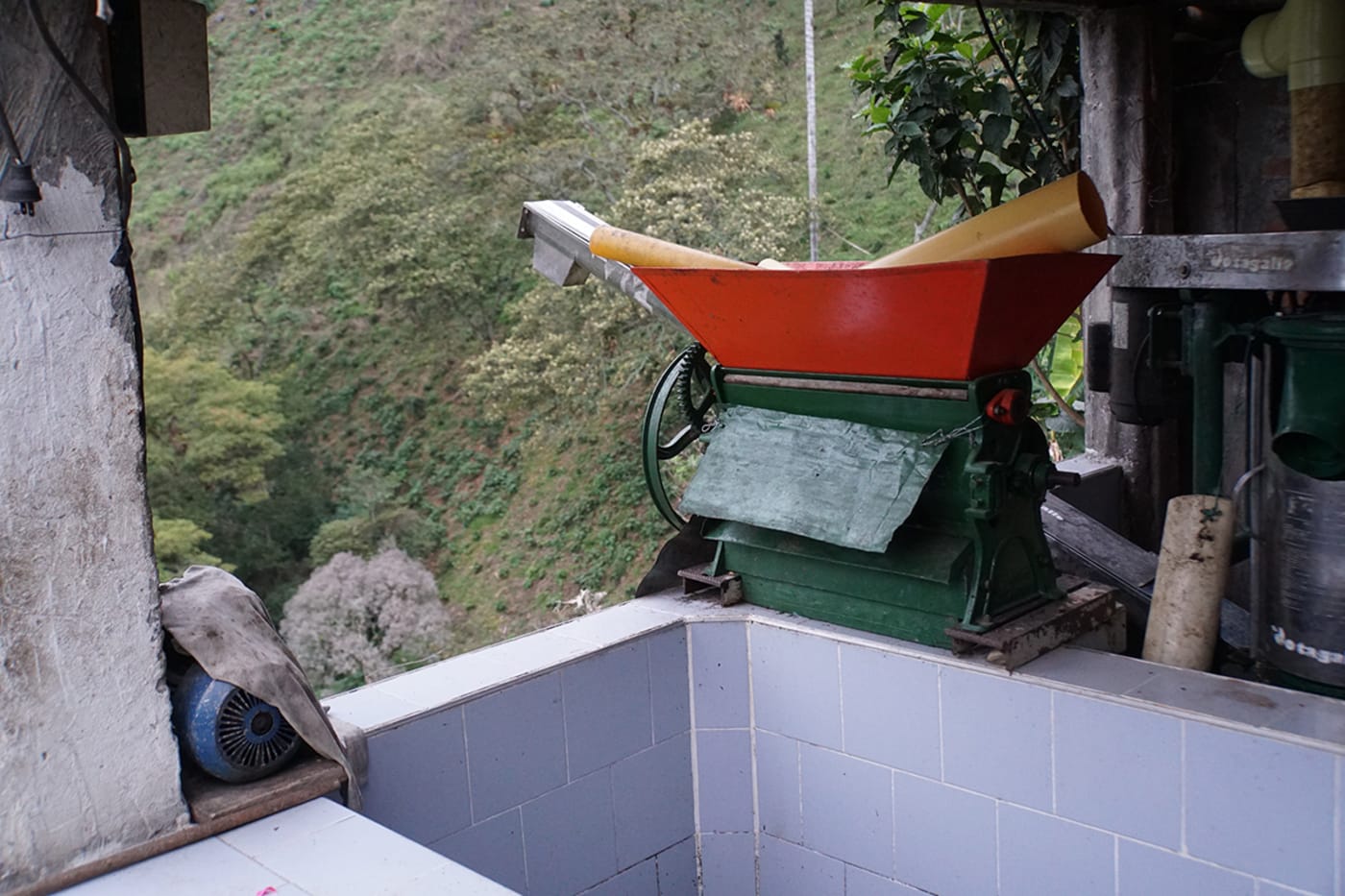
A hand depulper
During 4 consecutive days, freshly picked mature cherries were depulped and placed into a fermentation tank—so the final lot fermented for a total time of ~96 hours and included cherries from 4 different picking batches. This multi-stage method, plus the cool temperatures, allowed for an exceptionally long fermentation period, contributing to a vibrant, winey acidity in the coffee’s cup profile.
The resulting parchment was then washed using clean water from nearby rivers and streams and then carefully dried over 8–15 days on parabolic beds (which protect the coffee from the rain and prevent condensation from dripping back onto the surface).
BREW, SHARE AND ENJOY
Time to brew and experience first hand this new varietal. Check out any brewing notes below, or send us an email/Instagram message for tips and guidance. Enjoy!
All the images and information about this coffee and its producers have been kindly shared by the importer, Melbourne Coffee Merchants, and edited by us, Sample Coffee (unless linked to or credited otherwise). Read more about this fantastic coffee here.
Need any brewing tips?
Head to our brew guides and find your favourite filter method—or head straight to our single origin espresso recipe. If you have further questions, send us an email. We’re always keen to help.
Learn everything about this coffee:
Ethical, traceable sourcing
This page has all the sourcing information (variety, process, region, story, importer, and more) that our importers share with us, and give us permission to use.
The transparency helps us talk confidently about the quality and background of our product, and it helps you know exactly what you’re buying.
Learn more:
Coffee page transparency legend
Our coffee philosophy
Our business approach
Fresh harvest coffee
We only source and roast coffee from each country’s latest harvest season (so the green coffee is never older than 1 year from the time of picking, processing and packing). This ensures the sensory qualities are always at their peak and unaffected by excessive ageing.
Roasted for espresso and filter (best enjoyed black)
Roast style: omni. Omni roasts are designed to brew and taste great both as espresso and filter. Our omni single origins generally sit on Agtron values in the ~70-60 value range. So, technically, they are somewhere in the lighter side of the medium spectrum.
Designed for espresso and filter brewing. Best enjoyed black.
Learn more:
Our Loring Kestrel S35 roaster
Our roasting style and approach
Best brewed within days 15-49 post-roast
The ‘fresh is best’ saying doesn’t apply to coffee (contrary to popular belief). Waiting before opening and brewing your bag of whole coffee beans helps develop peak flavour and acidity.
But heads up: if you buy pre-ground coffee, brew it as soon as possible.
Learn more:
Our recommended brewing window
Try our custom brewing recipes
Our recipes and ratios are tailored to our coffee sourcing and roasting styles, bringing the best flavour and feel out of each coffee.
For pour over, immersion, and other filter brewing styles, check our brew guides.
For our espresso single origins, we recommend a coffee:yield ratio of 1:3:
- Dose: 20g ground coffee
- Yield: 60g espresso
- Total brew time: ~24-28 seconds
This is just a starting point! We encourage you to experiment, taste, and adjust to find the recipe that you enjoy the most.
Learn more:
Our espresso brew guide (single origin)
Brewing ratio calculator
Packaging and sustainability
- Bags: ABA-certified home compostable (AS 5810-2010)
- Labels: recyclable
- Valves (only on +250g bags): general waste
- Box and tape (online orders): recyclable
Learn more:
Our packaging
Variety
Chiroso variety
Chiroso is most likely a mutation of the Caturra variety, which historically has been planted around Urrao in Colombia.
The location
Coffee from Colombia
Colombia is one of the largest coffee producers in the world and benefits greatly from having one of the most unique and complex set of micro-climates of all coffee producing nations.
The Tolima region of Colombia
The word ‘Tolima’ comes from the local indigenous language and means a “river of snow or cloud”.
Farm processes
Washed process
Machines are used to remove the flesh from the coffee cherry before being fermented in water, washed again, and finally sun dried. This process tends to result in more distinct, cleaner flavours.
1 brew note from subscribers
Colombia Canta Ranas
Reuben’s Kalita Wave
Sample Coffee Team
- 16g
- 250ml
- 3m 0s
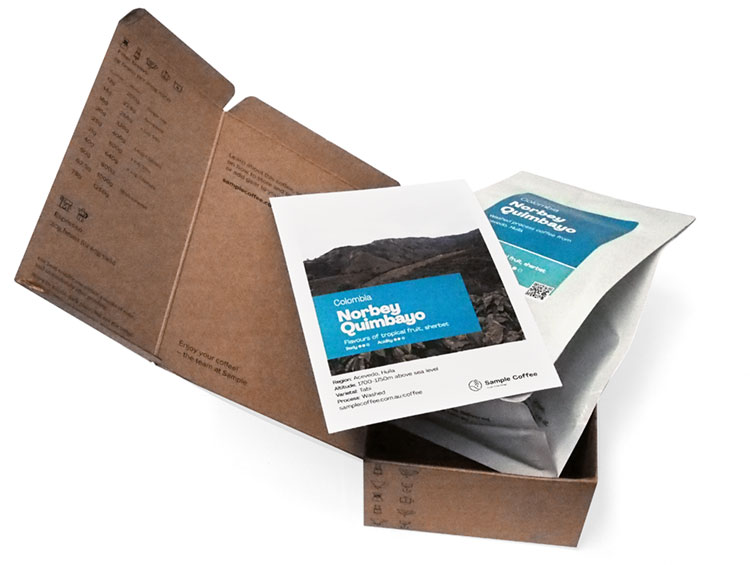
Subscribe to a world of coffee
Discover a new single origin coffee from Sample every 1-5 weeks with no delivery fees.
No up-front purchase, and you can pause, cancel, or change plans at any time.
Available to order online this week:
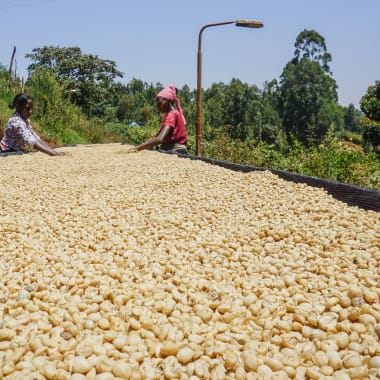
Kenya Karindundu Aa
Flavours of orange marmalade, grapefruit, Yunnan red tea
Body Acidity
Washed Batian, SL28, SL34, Ruiru 11
Roasted omni for filter and espresso
Kenya Karindundu Aa online
Ethiopia Bekele Gemeda
Flavours of mandarin, white peach, mango
Body Acidity
Washed Ethiopian Heirloom
November 2024 harvest
Roasted omni for filter and espresso
Ethiopia Bekele Gemeda online
Colombia Carlos Imbachi Pink Bourbon
Flavours of pear, jasmine, sugarcane
Body Acidity
Washed Pink Bourbon
February 2025 harvest
Roasted omni for filter and espresso
Colombia Carlos Imbachi Pink Bourbon online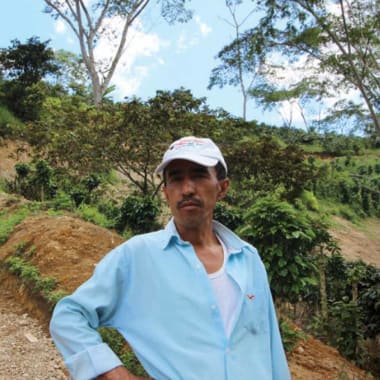
Colombia Jose Elcias Martinez Guzman Pink Bourbon
Flavours of mandarin, burnt orange, pineapple
Body Acidity
Washed Pink Bourbon
December 2024 harvest
Roasted omni for filter and espresso
Colombia Jose Elcias Martinez Guzman Pink Bourbon online